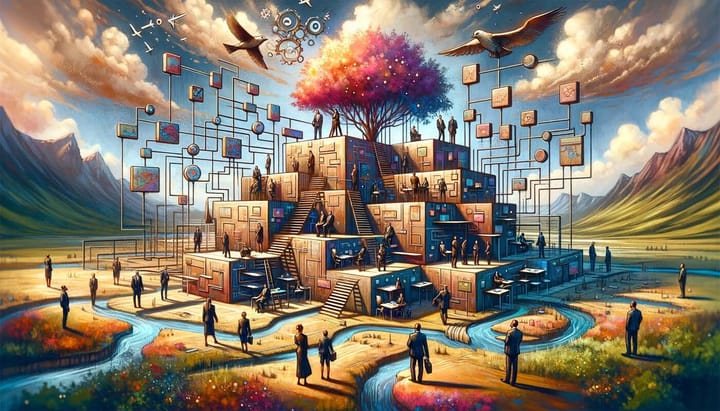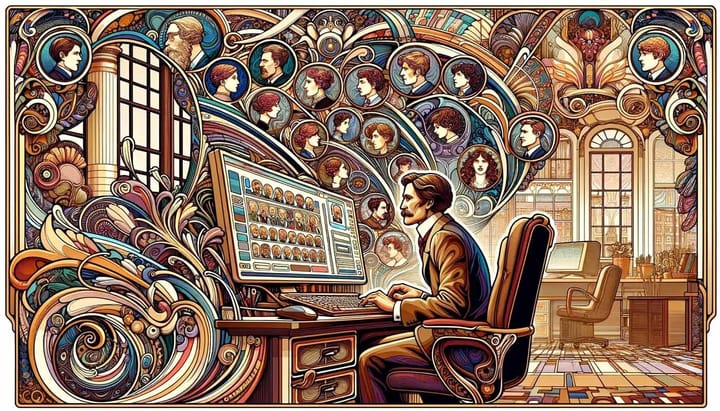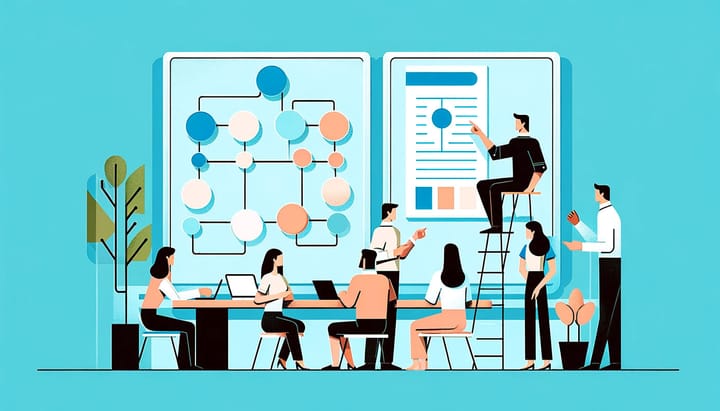The 5 Biggest HR Tech Trends of 2022
As the world of work continues to evolve, it's clear that HR will need to adapt and find better ways to leverage new technologies. Here are the top technology trends in 2022 that are shaping the future of work.
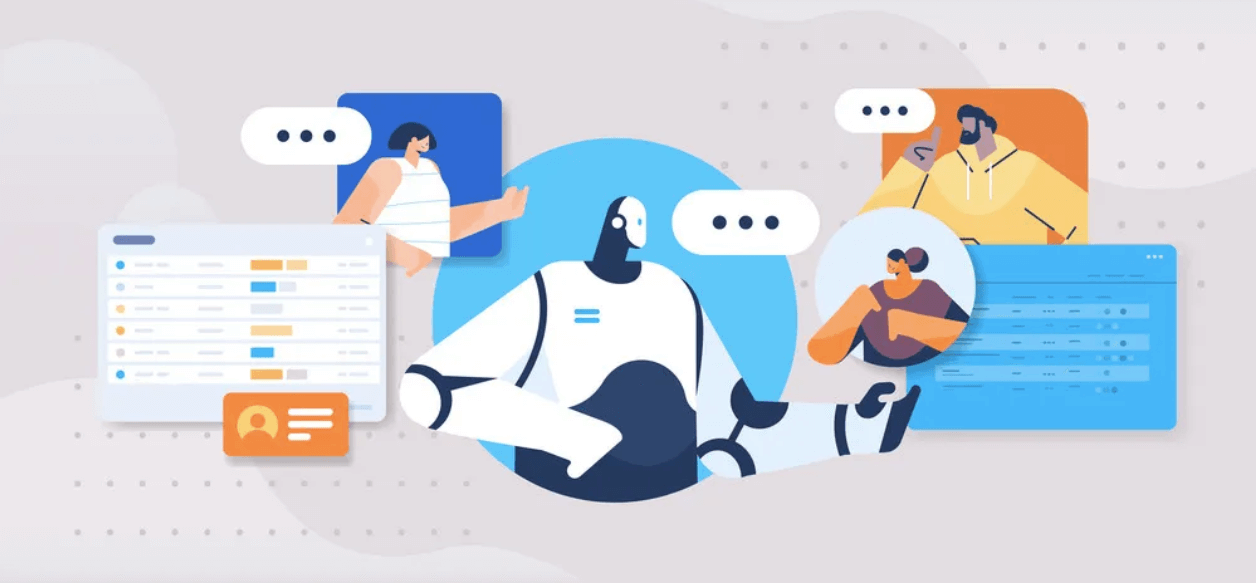
These days, it seems like everyone is looking to HR to solve all the world's workplace problems.
From managing benefits and payroll to dealing with workplace conflict and compliance issues, HR has a lot on its plate. And to be fair, HR does have a lot of important responsibilities. But with the rapid changes we're seeing in the world of work, it's no wonder that HR is feeling a little overwhelmed.
In recent years, we've seen the growth of the gig economy, hybrid work, and the increasing prevalence of workplace harassment and discrimination. These trends have upended traditional HR models and created new challenges for HR professionals.
As the world of work continues to evolve, it's clear that HR will need to adapt and find better ways to leverage new technologies.
But don't worry, we're here to help!
In this blog post, we'll take a look at some of the top technology trends that are shaping the future of work. So read on, and get ready to stay ahead of the curve!
Most expected HR technology trends in 2022
Artificial intelligence, real-time employee data, employee wellness, and digital learning platforms are the future of HR.
These technologies will free up HR professionals from time-consuming administrative tasks – allowing them to focus on critical business challenges and the personal and professional development of the teams they support. These technologies will also provide greater insight and more efficient processes, giving HR the ability to make a real impact on the business.
While one-third of HR executives intend to reduce their budgets, Gartner's data shows that the remaining 67% will keep or grow investments in technology. This demonstrates the importance that businesses place on HR technology and its role in helping them navigate the future of the workplace.
As we move into the future, HR must prioritize these new technologies to take advantage of the changing workplace.
1. Increased use of AI in day-to-day HR tasks
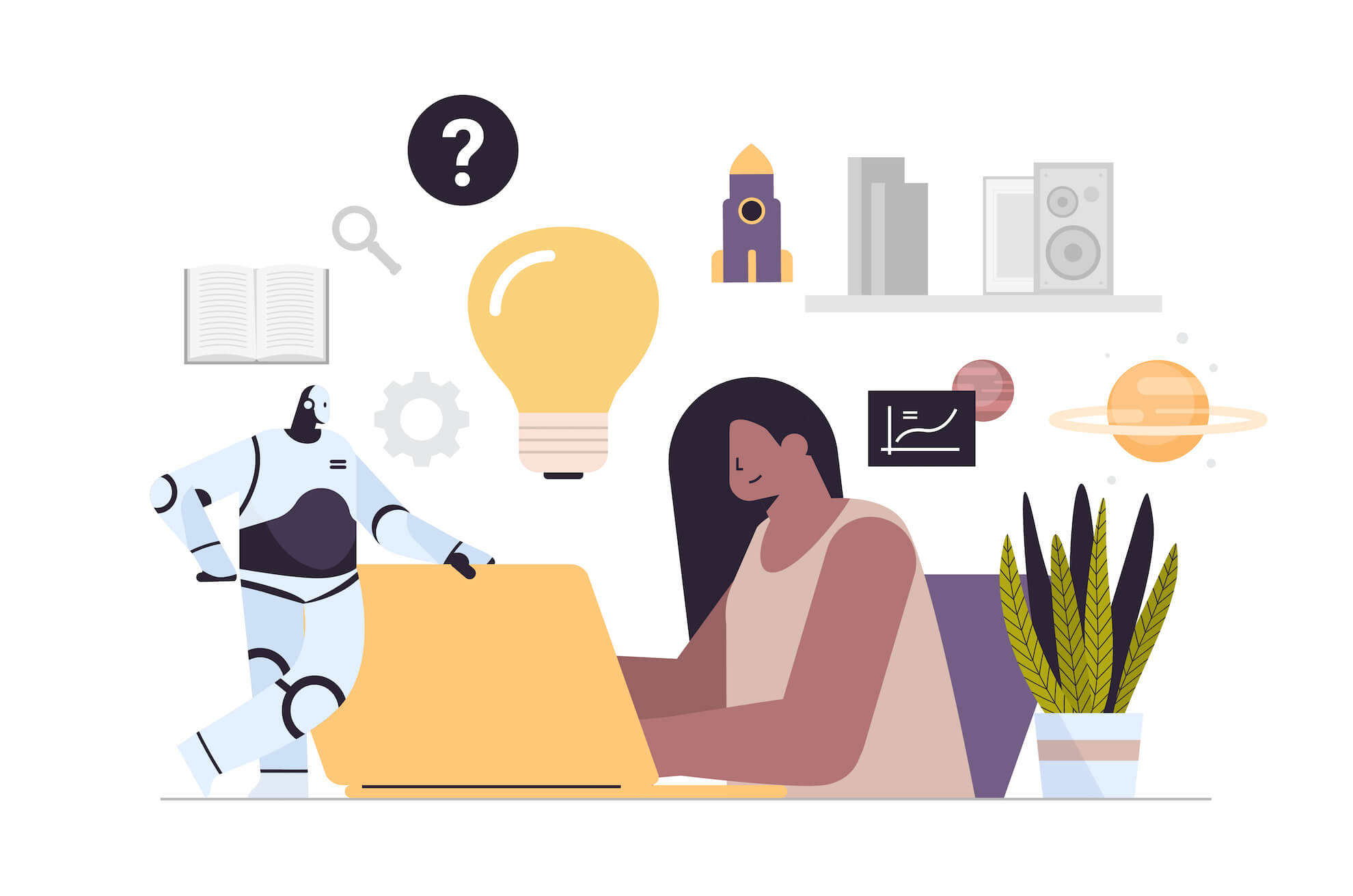
Artificial intelligence (AI) remains one of the hottest buzzwords in the business world.
And it's no longer just for the IT department. More and more departments are starting to use AI for a variety of tasks.
As AI becomes more accessible and easy to use, we're going to see a lot more of it in HR technology platforms. HR practitioners will increase their use of AI for a variety of different purposes, from recruiting to employee sentiment analysis.
Some of the new ways HR will use AI include:
Automating key HR processes and tasks
As the workforce evolves and becomes more complex, so too do the administrative tasks required of HR teams. Many of these tasks are beyond the scope of traditional software programs, which is why an increasing number of businesses are turning to modern HR management systems (HRMS) that allow key HR processes to be automated.
A good example of a modern HRMS with automation at its core is intelliHR.
HR automation can benefit many aspects of the HR process. It helps to create efficiencies and eliminate many of the daily tasks that take up time as well as improve communication between employees and managers.
However, automation shouldn’t be used to replace human interaction entirely. Instead, it should be used to supplement it.
Utilizing HR chatbots and virtual assistants
HR professionals are always looking for ways to be more efficient and save time.
One way they can do this is by using chatbots and virtual assistants to answer common questions and provide procedural information. This can help to reduce the workload by up to 50%.
Chatbots and virtual assistants use natural language processing and predictive analytics to respond to candidates and employees with highly relevant and personalized guidance and answers and escalate situations to an HR professional when human engagement is needed.
A great example of this is Enterprise Bot's employee virtual assistant. Their AI chatbot does a good job of automating employee onboarding and as well as providing auto-responses to common employee queries.
Augmenting recruitment activities with AI
Uncovering the best talent for a company used to rely on scouring resumes and conducting long, tedious interviews. But now with AI, the recruitment process is changing dramatically.
AI can help HR departments pre-screen candidates, identify the strongest applicants, and automate the scheduling of interviews. Additionally, AI can be used to monitor job postings and social media to identify potential candidates that might otherwise be overlooked.
Arya and Fetcher are two AI recruiting tools worth looking at. Both tools use AI to automate repetitive recruitment tasks like candidate sourcing and ongoing candidate communications.
AI is freeing up recruiters to focus on more strategic tasks such as identifying top talent and assessing cultural fit.
2. Greater focus on accessing real-time employee data
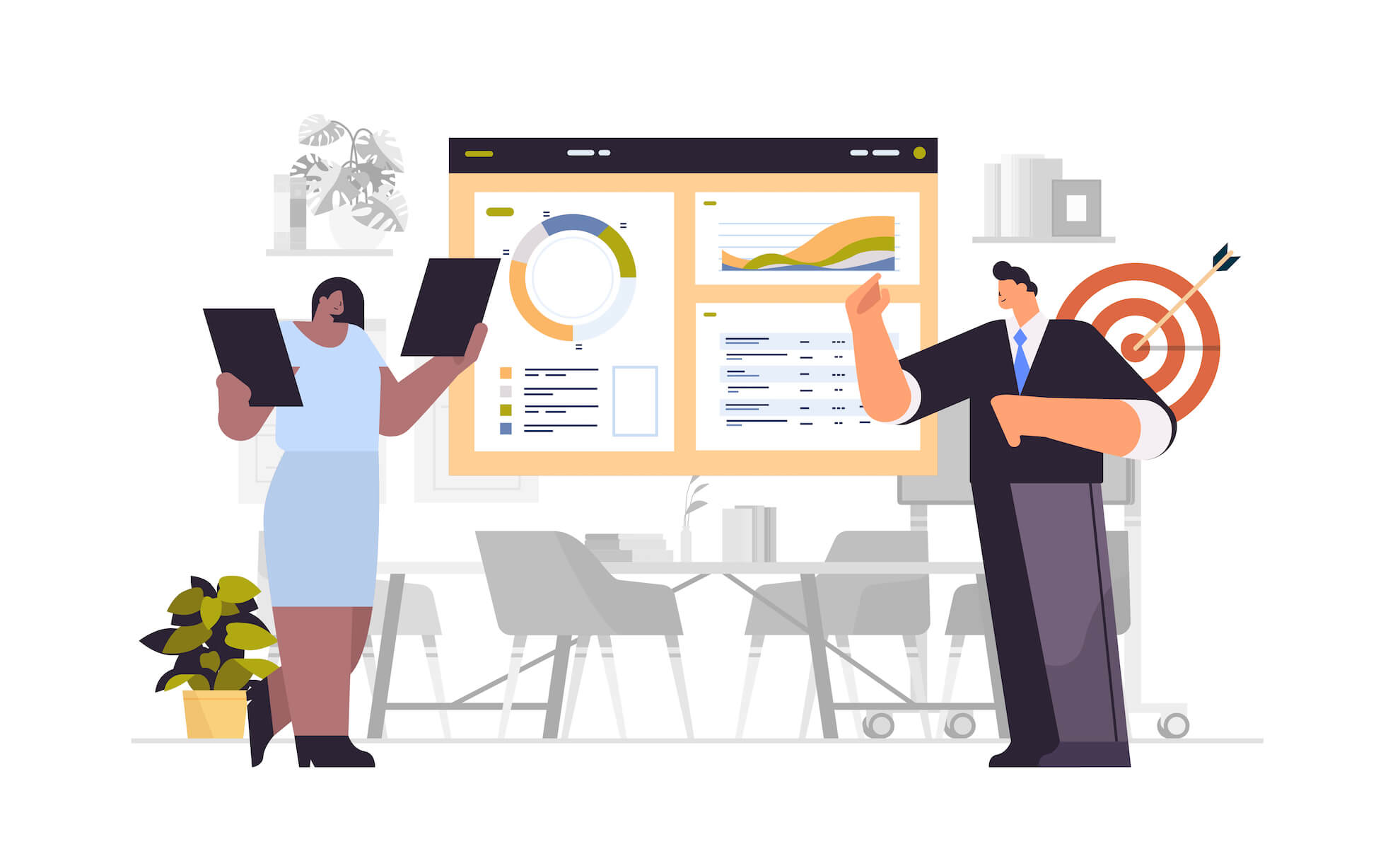
The demand for timely employee data and analytics by the C-suite and HR leaders will accelerate in 2022. Leaders are seeking more ways to provide real-time data on talent, market compensation trends, employee performance, and workforce vaccination rates.
To meet this demand, HR departments will need to invest in technology that can provide accurate and up-to-date information. Additionally, HR professionals will need to develop their analytical skills to interpret the data and make recommendations to senior leaders.
The benefits of having access to timely data and analytics will outweigh the costs, as it will allow organizations to make better-informed decisions about their workforce.
Employee data platforms increase the power of employee data
Employee data platforms are the future of HR.
By collecting employee data from several sources and creating unified profiles, HR teams can get a single source of truth for their workforce. This allows them to deploy the employee data to different tools to improve employees' experience and engagement.
Rippling is a good example of a tool that allows you to combine and visualize all your employee data in one place from multiple different sources.
The benefits of using an employee data platform are numerous. For one, it saves time and money by reducing the need for manual data entry. It also enables HR teams to create powerful employee profiles that can be used to segment employees and target them with personalized communications.
Finally, it provides a centralized location for all employee data, making it easy for HR teams to track employee performance and identify areas for improvement.
Advanced HR analytics powered by AI
As any HR leader knows, employee satisfaction is essential to a thriving business.
Happy employees are more productive, more engaged, and more likely to stick around for the long haul. Unfortunately, in the past, it was often difficult for HR leaders to get a pulse on employee satisfaction. They might not hear about dissatisfaction until it was too late - when an employee had already decided to leave.
But thanks to new listening platforms and AI-powered analytics, HR leaders can now stay plugged in on a real-time basis. These tools can capture and analyze employee feedback and behaviors, and organize multiple data sets, to give valuable workplace insights. This allows HR teams to address issues quickly and effectively - before they become bigger problems.
Visier's AI-powered people analytics platform is worth investigating if you're looking for a solution to provide real-time, predictive analytics about your employees.
3. Further investment in HR tools to assist hybrid-working
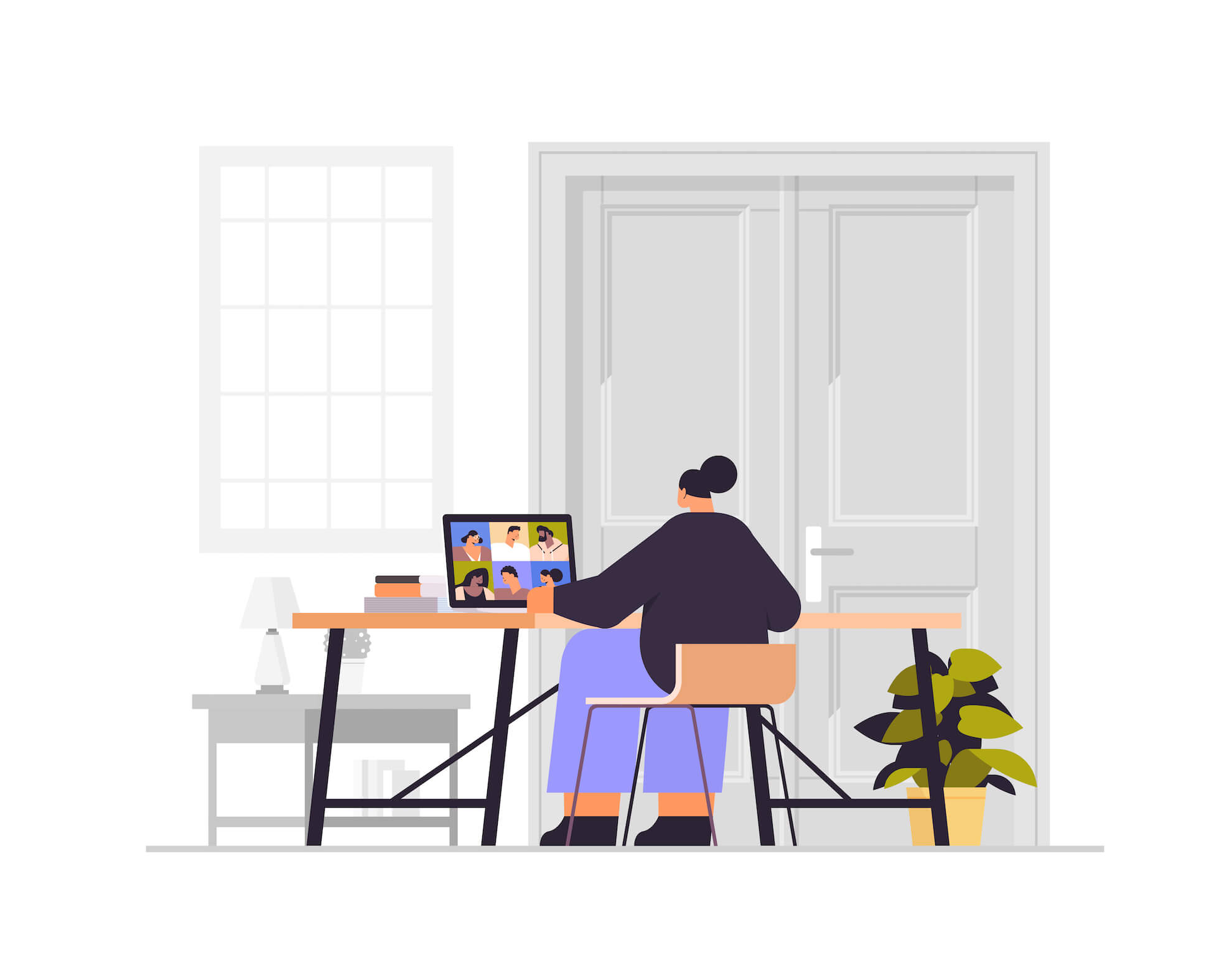
The hybrid working model is here to stay.
A recent report from Gartner found that 82% of organizations will adopt the hybrid model by 2025. This shift has been driven by the COVID-19 pandemic, which has forced businesses to re-evaluate their workplace strategies. However, even as the pandemic comes to an end, the hybrid model is expected to remain popular.
This change in working has accelerated the need for HR teams to adopt new technologies and tools to manage a hybrid workforce. In the last couple of years, we’ve seen the accelerated use of video conferencing software such as Zoom, Google Hangouts, and Microsoft Teams.
This will continue into 2022, with other cloud-based HR systems taking priority.
The continued growth of Mobile HR
Mobile apps that help employees and managers with daily tasks are becoming more popular.
The use of mobile HR apps provides real-time connectivity and self-service admin tools. This allows employees to collaborate with colleagues wherever they are. They can also manage their timekeeping and scheduling on the go.
This is great news for employees who are always on the go and need to stay connected to their work. With these apps, they can stay on top of their work and avoid any potential problems that could arise from not being able to get in touch with their manager or colleagues.
Moving to a modern employee directory
There was a time when an employee directory was nothing more than an address book for the office. You needed someone's contact information, so you looked them up in the staff directory.
But things have changed.
HR teams have begun to see more value in employee directories, and as a result, they are being used for much more than just finding someone's phone number. Organizations are turning away from traditional employee directory web parts to investing in modern employee directory solutions.
Here at OneDirectory, we're all about modern employee directories. Our modern employee directory platform is used as a central place to flow through the map of your company. From creating holistic employee profiles, searching for coworker skills and interests, visualizing your company hierarchy, and creating a digital map for your offices and departments.
Modern employee directories place employee data at their core, ensuring that organizations have a complete and up-to-date picture of their entire workforce.
4. Companies to continue investing in employee wellness solutions
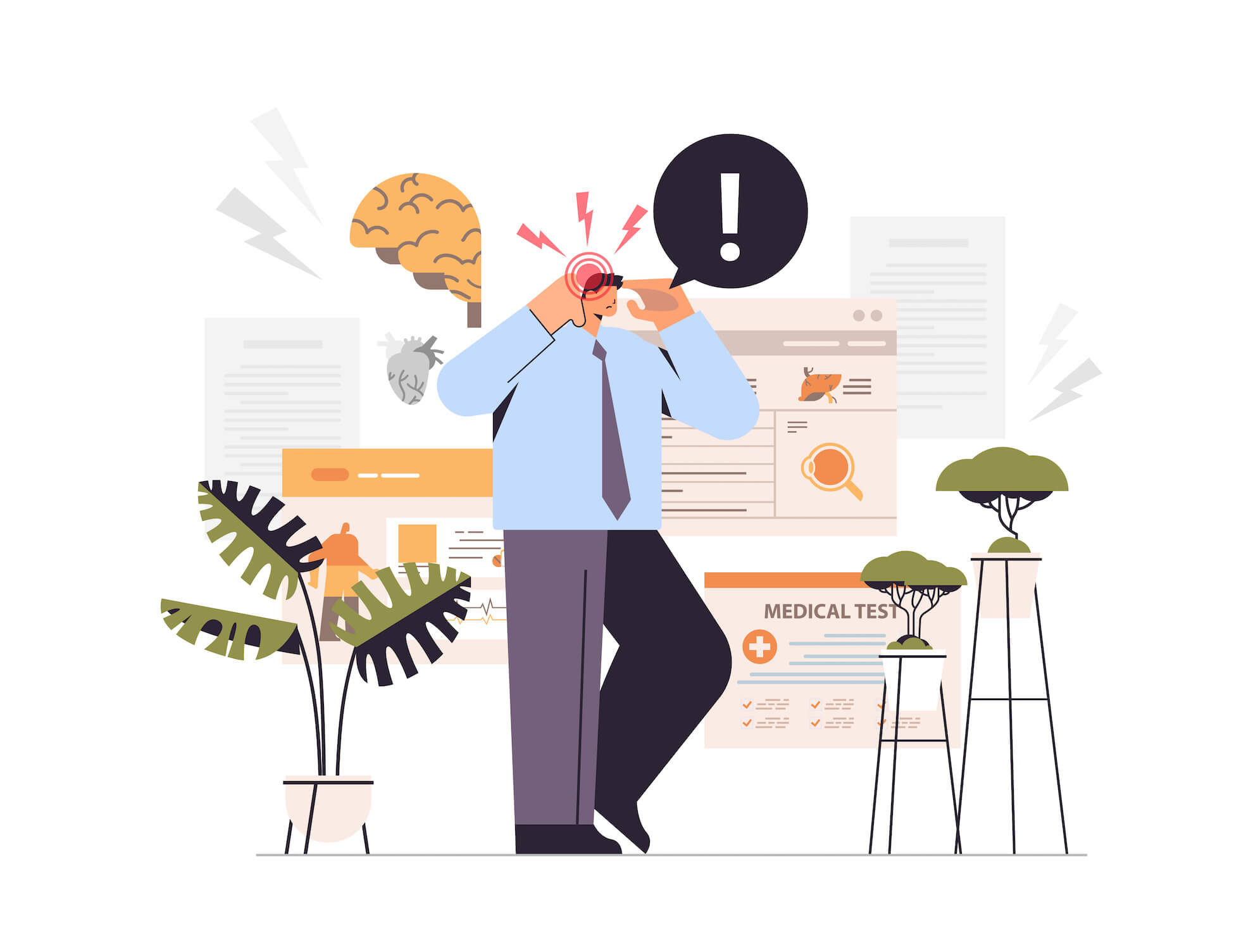
In just a few years, the corporate world has undergone a major shift in its attitude towards mental health and wellbeing.
What was once viewed as a luxury or a "nice to have" is now seen as essential for business success. This shift is being driven by a growing body of evidence that demonstrates the impact of mental health on productivity, creativity, and overall job satisfaction.
Companies are beginning to recognize the importance of cultivating a culture of resilience in the face of ever-changing market conditions and increasing workplace stressors.
IoT-enabled devices to monitor employee wellness markers
For years now, people have been using various devices to track their fitness and health. From fitness trackers to calorie-counting apps.
Now, with the advent of the Internet of Things, businesses can take employee wellness tracking to the next level. By using IoT-enabled devices, and biometric and sociometric sensors, HR teams can track everything from heart rate and blood pressure to diet and sleep patterns. This data can then be transmitted in real-time, allowing them to identify potential health risks and take steps to mitigate them.
SYD is a great example of an employee wellness tracking tool. The tool aims to provide health prevention plans so organizations can identify potential health risks before they happen.
IoT-based employee wellness tracking can help businesses save money on health insurance costs by encouraging employees to live healthier lifestyles.
HR teams to implement employee wellness platforms
Recent studies have shown that employee wellness platforms can play a key role in improving employee productivity and engagement. In response, HR teams are beginning to invest in and implement these solutions.
While there are many different employee wellness platforms available, they all share the same goal: to help employees manage their screen time, reduce stress, and improve their overall health.
Two examples of top employee wellness platforms we've seen are Wellable and Navigate. Both of these tools focus on providing a solution where employees can engage in challenges, educational content, and customized wellness programs.
HR teams can help create a more positive and productive work environment by providing employees with tools to improve their digital wellbeing. In addition, employee wellness platforms can also help to identify employees who may be struggling with mental health issues.
By ensuring that employees have access to the resources they need, HR teams can help create a workplace that is supportive and inclusive.
5. Work-based learning and development to go fully digital

With so many people working remotely or from different locations, there has been a surge in demand for digital training and development programs.
HR teams have had to get creative to meet the needs of the workforce. Many companies have turned to digital skills management and training tools to provide employees with the online training and development they need to be successful.
Work-based learning encourages employees to be more proactive and achieve their personal and professional goals. By using skills management and development technology, employees can access training materials at any time, from any location. They can also receive personalized feedback and support to help them progress in their career.
A great work-based learning tool we've been keeping our eye on is TalentLMS. This tool is an easy-to-use learner management system (LMS) that allows you to quickly create online courses and manage and track learners' progress.
This trend is being driven by the need for more flexible and affordable training options. Online work-based learning is expected to continue to grow in popularity in the coming years.
Start your journey toward HR digital transformation
The world of work looks set to keep evolving for years to come.
And that's good news for HR professionals, after all, who wants to be stuck in the past when the future is so full of potential?
From new technologies to changing workforce demographics, there are a lot of ways HR can make a real impact on the business and help to shape the future of work.
Are you excited about what the future holds for HR?
